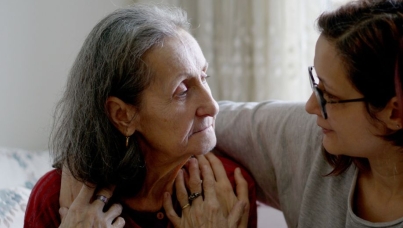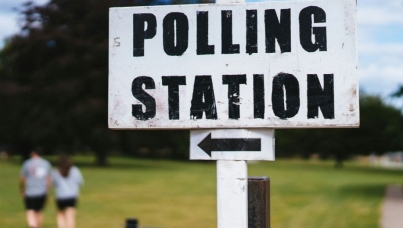
Ahead of its annual conference, it is clear that there are a number of key challenges facing new Scottish Liberal Democrat leader Willie Rennie if his claim that “reports of the demise of the Liberal Democrats as a strong force in Scottish politics have been greatly exaggerated” are not to prove misguided.
Many commentators attributed their poor showing in the 2011 Scottish Parliament elections to the party’s unpopular coalition with the Conservatives at Westminster. However, our polling data suggests that their decline in popularity has been in evidence for considerably longer than the last general Election.
The past few years has seen the party’s share of voting intention steadily decrease from 21% at Holyrood and 18% at Westminster in 2005, to 7% and 6% respectively by August 2011. Although the party enjoyed an upturn in popularity just before the 2010 General Election, this appears more to do with Nick Clegg’s performance in the TV debates than any longer-term renaissance in support.
Having said that, the impact of their coalition with the Conservatives cannot be ignored and May’s near wipe-out of MSPs would have been difficult to predict 18 months ago. In our poll of
February 2010, the Lib Dems’ share of voting intention stood at 15% in a Holyrood election. By
August 2011, half of this support had disappeared.
Based on our polling data, the party’s trajectory since 2005 suggests it may struggle to win a single Scottish seat in either parliament come the end of the decade. This might seem unlikely, but it is where the data is pointing.
The rise of the SNP has been at the expense of all the opposition parties, but the Lib Dems appear to have borne the biggest cost. Between the 2007 and 2011 elections, Labour and the Conservatives largely maintained their share of the constituency vote, while support for the Lib Dems halved. Consequently their representation at Holyrood fell dramatically, from 17 MSPs in 2007 to just 5 in 2011, leaving them with little authority or influence in Parliament.
So how, if at all, can the new leader reverse the decline? First of all, Willie Rennie has to raise his personal profile and get the public to pay attention to what he and his party have to say.
In our most recent poll, half of Scots were unable to rate his performance as leader because they don’t know enough about him. This is understandable given his short tenure as leader, but he has an uphill battle even to reach the level of public recognition achieved by his predecessor, Tavish Scott, whom
two-thirds of Scots were at least able to rate two weeks prior to the 2011 election.
Secondly, the Lib Dems need to find a distinctive voice that resonates with Scottish voters, separate from the UK party and other Holyrood opposition parties. Evidence from our most recent poll suggests that they are in tune with public opinion on issues such as public service and constitutional reform. The
majority of Scots disagree with the proposal to create a single Scottish Police force, reflecting a central plank of the party’s 2011 manifesto. The
majority of Scots also support increasing the Scottish Parliament’s powers through further devolution rather than full independence, something which the Scotland Bill, currently overseen by Michael Moore, the Lib Dem Scottish Secretary, aims to deliver.
The new leader certainly has his work cut out if he is to restore the party’s fortunes. Indeed, if successful, it would be a story worthy of Mark Twain.



